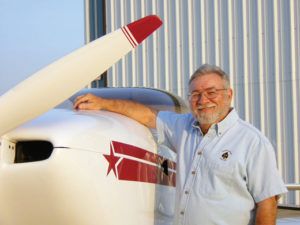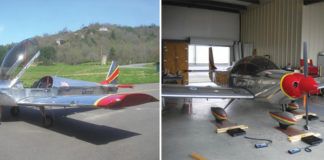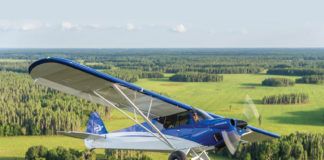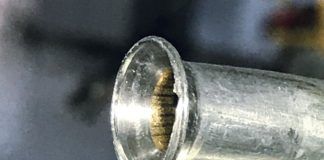 Question: Although I subscribe to KITPLANES®, I never thought about posing a question to the DAR. My friend recommended that I try that route for an answer to my question.
Question: Although I subscribe to KITPLANES®, I never thought about posing a question to the DAR. My friend recommended that I try that route for an answer to my question.
The situation is this: I have a 175 fuselage and tail feathers that are in good shape. The wings and engine have been sold to help recoup my investment. I planned to incorporate the controls, wheels, seats, etc. into a homebuilt project.
The other day, I got to thinking that I could probably save a lot of time on this project if I just used the fuselage, and then built my own wings and installed an automotive engine of my choice. I have seen numerous examples of certified airplanes being flown with an automotive engine for power, so I wondered what the legal requirements to perform such a conversion would include.
Answer: Thanks for your question. The complete answer can be found in FAA Order 8130.2F, Section 9, Paragraph 149,(b), (1) thru (5), “Use of Salvaged Assemblies from Type-Certificated Aircraft.”
(1) When a project involves a major assembly such as wings, fuselage or tail assembly, all situations to the validity of an application for Experimental/Amateur-Built status with regard to the use of type-certificated assemblies, the DAR is to contact AIR-200 for determination of eligibility to 21.191(g). AIR-200 will coordinate with AFS-300 personnel to resolve such issues.
(2) No credit will be given to the amateur builder(s) for any work on these salvaged assemblies. This would include any “rebuilding” or “restoring” activities to return these components to an airworthy condition.
(3) All fabrication, installation and assembly tasks accomplished with used or salvaged assemblies will be credited to the “Mfr Kit/Part/Component” column on the Amateur-Built Aircraft Fabrication and Assembly Checklist (2009). Assembly credit may be given in those cases where used or salvaged parts or assemblies are mated to portions of the aircraft fabricated and assembled by the amateur builder.
(4) Amateur builders should be made aware that excessive use of prefabricated or salvaged assemblies may render the aircraft ineligible for amateur-built status as defined in 21.191(g). The use of a significantly complete airframe or combination of major subassemblies such as wings and fuselage, tail plane assembly from a type-certificated aircraft or a compilation of aircraft would most likely render the aircraft ineligible for amateur-built status.
(5) As soon as it is known that a project involves the use of a complete airframe or combination of major subassemblies such as wings, fuselage or tail assembly, the DAR is to contact AIR-200 for additional guidance.
I have left out a few sentences in the above that do nothing other than to clarify the other statements, but the basic answer is that your scenario is possible but is really pushing the limits of amateur-built status.
If you wish to pursue this route, I would strongly recommend that you get your DAR/ASI involved early on to ensure that the project will not become an expensive lawn ornament.
Please send your questions for DAR Asberry to [email protected] with “Ask the DAR” in the subject line.










